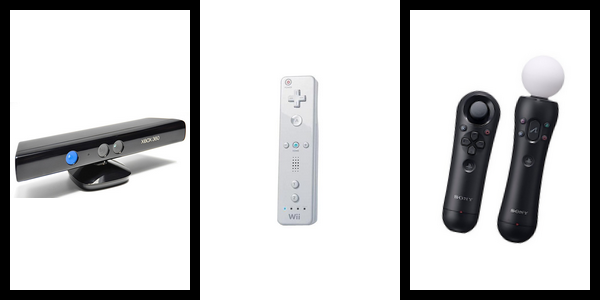
You gotta love the Wii.
It was a three-lettered nonsensical word that revolutionized the video gaming industry. Wii was not the first platform that introduced motion gaming to the masses, but it certainly was the leader in popularizing the idea to a widespread consumer market. Since its product launch in 2006, this video gaming console has sold over 75 million copies worldwide. Fellow competitors were prompted to introduce similar motion sensing systems like the Playstation Move and XBox Kinect. Gone are the button mashing days on your clunky wired controllers. The new era of video gaming introduced a head bobbing, neck twisting, hand wringing, leg kicking, and body shaking human controller.
The Wii implemented an innovative interactivity to the gaming experience, which is its biggest selling point by far. Previous video gaming consoles encouraged the role of the distant spectator, where you enter commands through a controller and observe the happenings on a remote screen. Nowadays, the focus has shifted to your role as an active participant. Since your physical movements correspond with those of the virtual character, you naturally become more involved and more engaged with the gaming experience.
For example, you swing your arm as if you are holding a tennis racquet, hitting a nonexistent ball within an imaginary court. Or you tilt your controller as if you are handling a delicate object, in an effort to master the art of balance and accuracy. This interactivity elevated the gaming experience because it makes you feel like part of the simulation. In other words, we are one step closer to immersing our physical beings into an entirely virtual dimension.
For example, you swing your arm as if you are holding a tennis racquet, hitting a nonexistent ball within an imaginary court. Or you tilt your controller as if you are handling a delicate object, in an effort to master the art of balance and accuracy. This interactivity elevated the gaming experience because it makes you feel like part of the simulation. In other words, we are one step closer to immersing our physical beings into an entirely virtual dimension.
Welcome to the new generation of video gaming.





